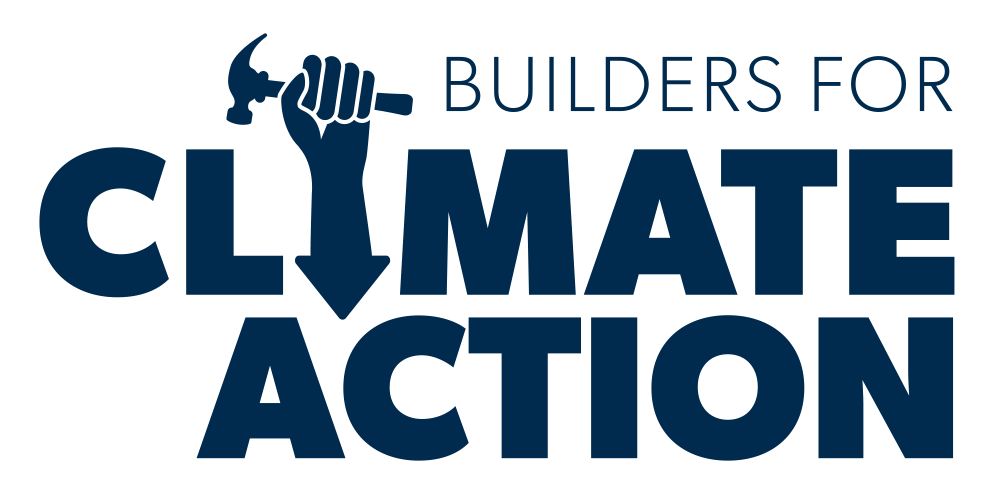
Through a blend of discussion and presentation, this training will focus on optimizing your practice for low-carbon outcomes. Topics include goal establishment, developing a strategy for efficient carbon analysis, different types of embodied carbon analysis throughout a design and construction process, developing a “tool stack”, data visualization and communication, and identifying and overcoming social barriers to conducting technical work.
Syllabus
Goal Development
- Goal setting: establishing quality goals to guide embodied carbon analysis
- Goal documentation: ensuring articulation of and alignment around goals
Strategic Development
- Identifying barriers and opportunities for embodied carbon analysis
- Continual improvement: developing strategies for iterative improvement over multiple projects
- Stakeholder engagement: developing strategies to successfully engage and enroll all participants in the design and construction process around embodied carbon reduction goals
Types of Analysis
- Comparative analysis
- Baseline reduction analysis
- Quantitative analysis
Analysis Structure
- Defining the analysis: asking the right question at the right time
- Good boundaries: establishing what needs to be defined and counted
- Certifications: analysis in pursuit of a third-party certification
- Communications: Who needs to know what, and how do they learn?
Tool stacks and Data
- Types of embodied carbon analysis tools and data sets
- Design workflow: identifying which tools to use throughout the design and construction process
- Tool selection: identifying which tools are needed to meet project analysis goals
- Democratizing data: ensuring tool, data, and analysis access for a diversity of participants
Case Study
- Goal, strategy, and analysis development
- Tool stack development
- Analysis results and communication: internal and external
- Applied analysis: identifying drivers of embodied carbon and project decision-making
Participants will leave this training with the ability to
1- Establish a framework for conducting embodied carbon analysis efficiently
2- Integrate this analysis seamlessly into their workflow
3- Communicate analysis results effectively to a variety of stakeholders, enabling actionable results for low-carbon outcomes
*A certificate of attendance can be issued for continuing education credits



